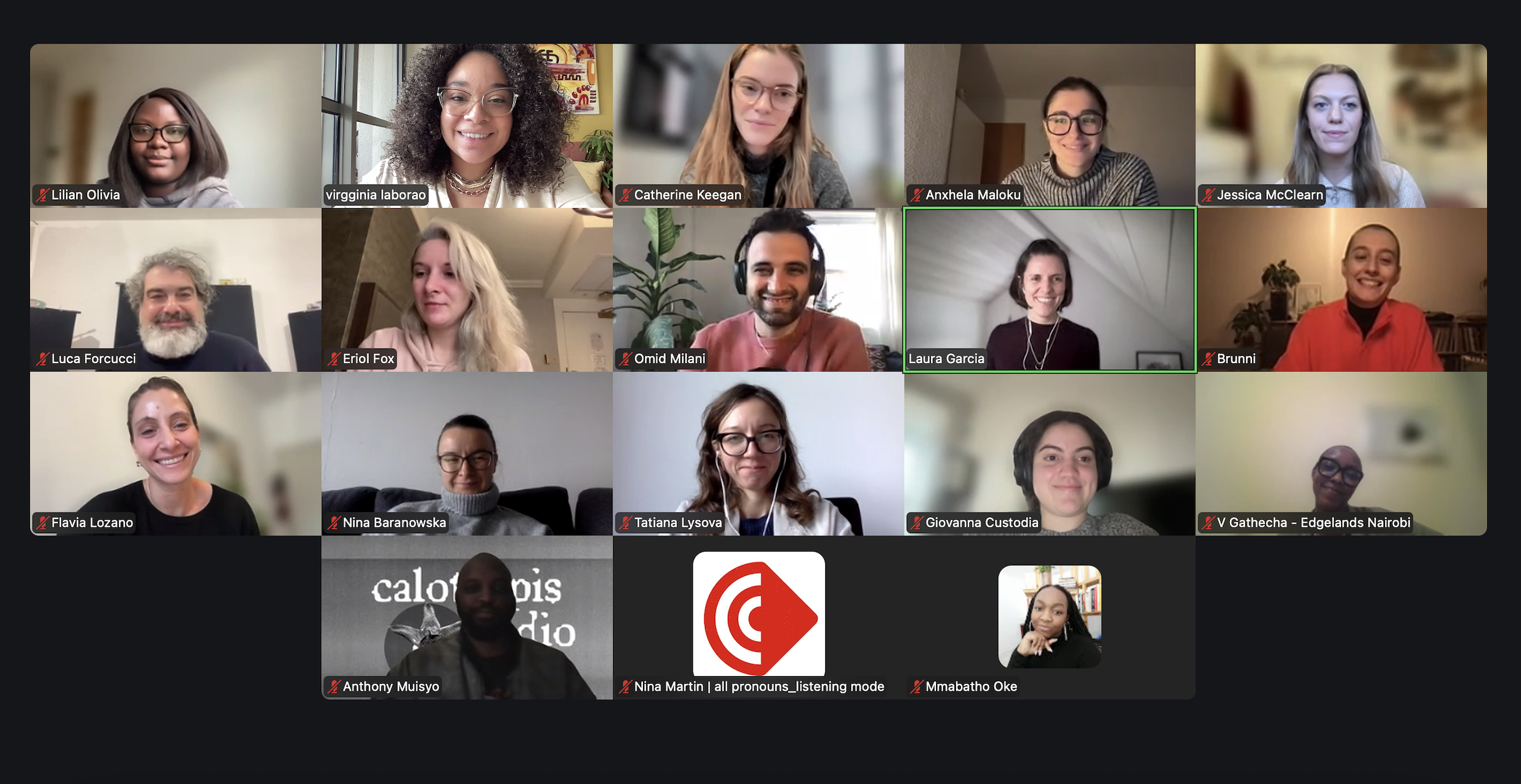What have we learned in Medellín so far?
María Camila RoldánWe were joined by the voices and ideas of experts, institutions, and advocacy actors from Medellín at a round table. Here are the main findings.
.jpg)
Illustration by Juan Escuervo.
After almost seven projects and with the closing of Decoding Medellín, Edgelands closed the activities of the first season in the city. Now it will focus on making some recommendations for the public policy of security and coexistence of Medellin.
With the closing of the projects, a document is being created on what Edgelands has learned about security, surveillance and coexistence in Medellín in the last year (which you will soon be able to know). Based on this document, on June 8, the Institute organized a roundtable discussion with some key actors in the city, including representatives of the Center for Political Analysis of the EAFIT University, Casa de las Estrategias, Fundación Mi Sangre, SICS, SIES-M and Councilman Daniel Duque.
This conversation began by giving the floor to the co-organizers of the projects that have been carried out in the city, so that each of them could highlight 2 findings or challenges that remained from the activities and conversations that took place. These were:
• In the city there is a duality between the formal and the informal. How can this duality be seen with the layer of technology? How can the social contract be changed from the informal?
• There is a lack of research or a body in charge of reflecting on the use of technology in security issues.
• We need to have confidence that the agencies use the information effectively to take care of us and that they do not misuse it.
• We need ethics in the use of information. What is the line of usefulness for all and not for private benefit?
• How can the technological element be incorporated into public policy processes and ensure that there is an adequate use of technology and information?
• Public decisions must be based on evidence. How to ensure that the data and information collected from the implementation of technological tools is evidence that has a real impact on the decisions of public officials and on public policy processes, and that it is accompanied by civil and not merely state participation.
• There is not a very direct relationship between technology or surveillance tools in security issues for all people. It is necessary to have an effective communication of how the populations benefit or how they could be affected by these tools.
• Information and data should be the basis for decisions but should also be an element for accountability on the part of citizens, and it is important to reflect on the amount of information we have.
After listening to all the guests, their contributions and considerations on these findings, some points were highlighted. Points that the Institute considered as 4 lines of action on security, surveillance and coexistence in Medellín. These are:
• Establish clear - and public, if they already exist - guidelines on how to adopt, use and permitted uses of surveillance technologies in the city and the data they collect.
• Incorporate participatory mechanisms that are truly inclusive and build trust between citizens and authorities, especially young people - focus groups, etc. - to feed into decision-making processes regarding the governance of surveillance technologies and security policy in the city.
• It should be a priority to foster evidence-based decision making through data and analysis of information collected through technological tools in order to contribute to the generation of preventive and not merely reactive solutions.
• People and their safety first, technology second. Emphasize people's real needs - and adopt surveillance technologies when they really help the authorities to address them.
Today, Medellín faces great challenges in terms of technology and security. The most important is to close the gaps and asymmetries that separate citizens from understanding the uses and purposes of security and surveillance technologies.



